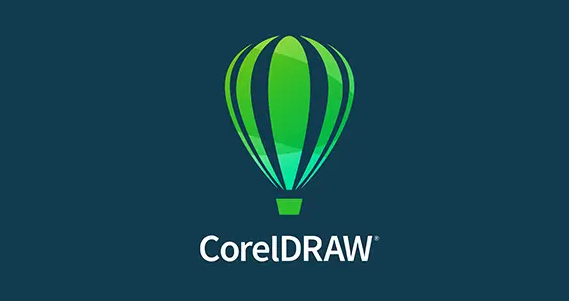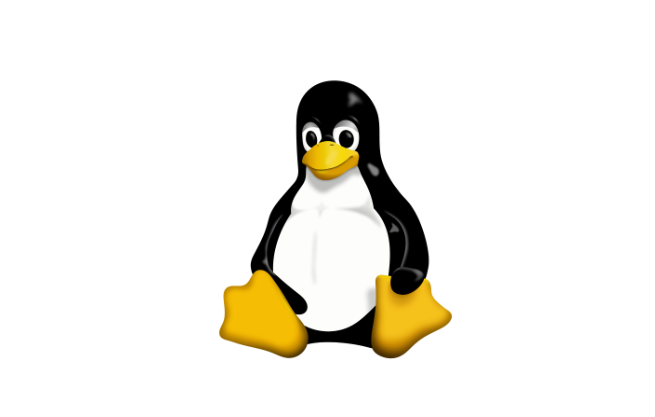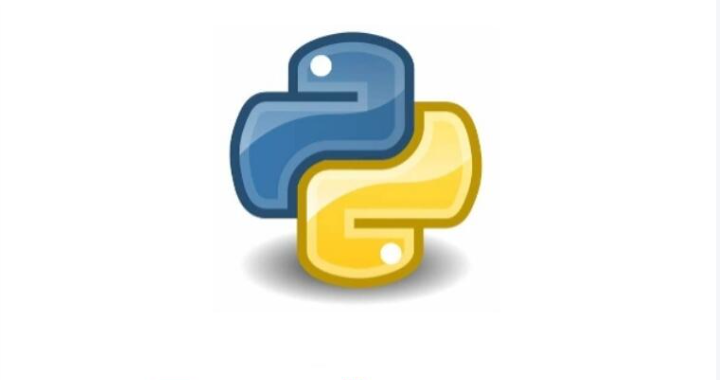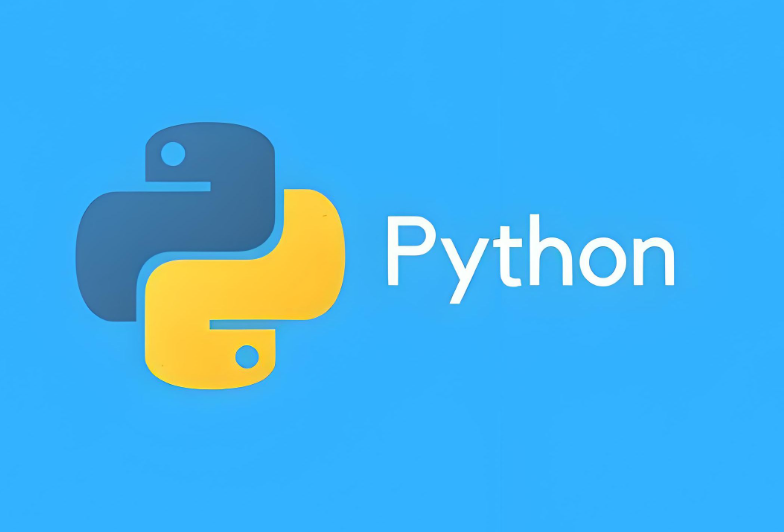在Spring框架中,三级缓存机制通常与Spring的AOP(面向切面编程)和依赖注入(DI)中的某些高级特性相关,尤其是在使用代理(Proxy)时。不过,需要明确的是,Spring框架本身并没有一个官方的、严格定义的“三级缓存机制”。然而,在某些特定的上下文(如Bean的创建和代理过程中),我们可以看到类似三级缓存的行为,尤其是在Spring的AOP代理和CGLIB代理中。
![图片[1]_构建Spring应用中的三级缓存机制策略概述_知途无界](https://zhituwujie.com/wp-content/uploads/2025/02/d2b5ca33bd20250228102840.png)
下面是一个抽象的解释,关于如何在类似Spring框架的上下文中实现一个三级缓存机制的概念。请注意,这只是一个概念性的解释,用于理解缓存机制的工作原理,并不直接对应于Spring框架的某个具体实现。
三级缓存机制的概念
- 一级缓存(Primary Cache):
- 存放最常用的数据,访问速度最快,但容量有限。
- 在Spring中,这可以类比为Spring容器中的单例Bean(Singleton Beans)。一旦Bean被创建,它就被存储在容器中,后续的请求将直接从容器中获取,而无需重新创建。
- 二级缓存(Secondary Cache):
- 当一级缓存无法满足需求时,从二级缓存中获取数据。
- 在Spring的上下文中,这可以类比为某种形式的会话级或请求级缓存,用于存储与特定会话或请求相关的数据。虽然Spring本身没有直接提供这样的缓存机制,但可以通过使用如Spring Session或第三方缓存库(如Redis、Ehcache等)来实现。
- 三级缓存(Tertiary Cache):
- 当一、二级缓存都无法满足需求时,从三级缓存中获取数据。
- 这通常是一个持久化存储,如数据库或文件系统,用于存储不常访问的数据或需要长期保存的数据。在Spring的上下文中,这可以类比为使用JPA、MyBatis等持久化框架访问数据库中的数据。
实现示例(概念性)
虽然Spring没有直接提供一个三级缓存的API,但你可以通过组合不同的Spring组件和第三方库来实现类似的功能。以下是一个概念性的实现示例:
- 一级缓存:使用
ConcurrentHashMap来存储单例Bean。
@Component
public class PrimaryCache {
private final Map<String, Object> cache = new ConcurrentHashMap<>();
public Object get(String key) {
return cache.get(key);
}
public void put(String key, Object value) {
cache.put(key, value);
}
}- 二级缓存:使用Spring的
@Cacheable注解和Redis作为缓存存储。
@Configuration
@EnableCaching
public class CacheConfig {
@Bean
public RedisTemplate<String, Object> redisTemplate(RedisConnectionFactory redisConnectionFactory) {
RedisTemplate<String, Object> template = new RedisTemplate<>();
template.setConnectionFactory(redisConnectionFactory);
return template;
}
@Bean
public CacheManager cacheManager(RedisTemplate<String, Object> redisTemplate) {
RedisCacheManager cacheManager = new RedisCacheManager(redisTemplate);
return cacheManager;
}
}
@Service
public class SecondaryCacheService {
@Cacheable(value = "secondaryCache", key = "#key")
public Object getFromSecondaryCache(String key) {
// Simulate a slow database lookup or other expensive operation
return new Object();
}
}- 三级缓存:使用JPA或MyBatis从数据库中获取数据。
@Service
public class TertiaryCacheService {
@Autowired
private MyEntityRepository repository; // Assuming you have a JPA repository
public Object getFromTertiaryCache(String id) {
return repository.findById(id).orElse(null);
}
}使用示例
@Autowired
private PrimaryCache primaryCache;
@Autowired
private SecondaryCacheService secondaryCacheService;
@Autowired
private TertiaryCacheService tertiaryCacheService;
public Object getData(String key) {
// Try primary cache first
Object result = primaryCache.get(key);
if (result != null) {
return result;
}
// Try secondary cache next
result = secondaryCacheService.getFromSecondaryCache(key);
if (result != null) {
// Optionally, put it in primary cache for faster access next time
primaryCache.put(key, result);
return result;
}
// Finally, try tertiary cache (database)
result = tertiaryCacheService.getFromTertiaryCache(key);
if (result != null) {
// Optionally, put it in primary and/or secondary cache
primaryCache.put(key, result);
secondaryCacheService.getFromSecondaryCache(key); // This will trigger cache population via @Cacheable
}
return result;
}请注意,上述代码是一个概念性的示例,用于说明如何在类似Spring的框架中实现三级缓存机制。在实际应用中,你可能需要根据具体需求对缓存策略、缓存失效、并发控制等方面进行更详细的设计和实现。
© 版权声明
文中内容均来源于公开资料,受限于信息的时效性和复杂性,可能存在误差或遗漏。我们已尽力确保内容的准确性,但对于因信息变更或错误导致的任何后果,本站不承担任何责任。如需引用本文内容,请注明出处并尊重原作者的版权。
THE END

























暂无评论内容